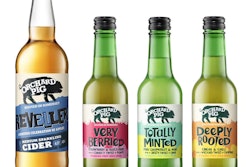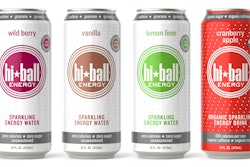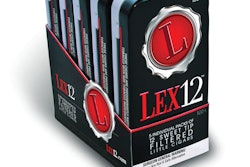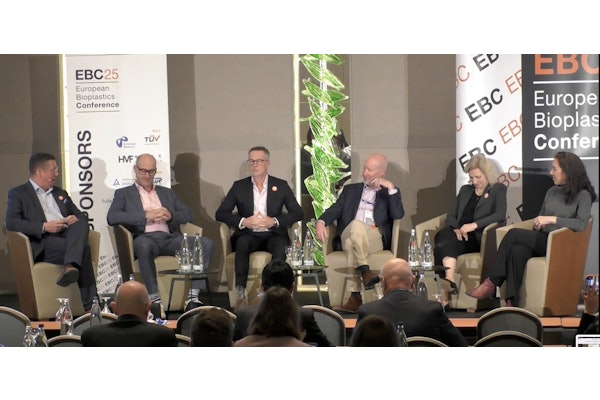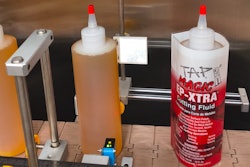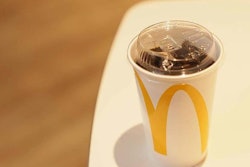
According to various media reports, Tide liquid detergent is being stolen at retail by thieves who exchange it for drugs or resell it on the street or to other retailers. There’s some debate regarding how widespread this actually is, but whatever its scope, it’s one weird story.
While most of it has more to do with law enforcement than with packaging, there are some aspects of it that relate to the prowess of packaging. It’s a sure bet that Procter & Gamble won’t start promoting Tide as the brand preferred by nine out of ten thieves. Still, it’s fair to ask why the thieves choose Tide? Thieves know that everyone has laundry needs, a fact that enables detergent to be used as barter and tender. Thieves also know that the more valued (i.e. accepted) the detergent, the better it serves as barter and tender. One more thing that thieves know is that those with whom they do “business” want to be assured of receiving the real McCoy. In consideration of all of the aforementioned, thieves choose Tide because it’s the number-one brand, in instantly recognizable packaging.
Tide is a perfect example of how packaging can be a powerful brand-builder. From the time that Tide only was available in boxes, P & G consistently has used packaging as a medium to present the product’s identity and aura. The product’s name interposed upon a bull’s-eye against a glow-orange background is a signature combination that effectively communicates like few others.
Tide is a vivid orange reminder that packaging, once established, can be leveraged in other brand-building strategies, most notably product-line extensions. Witness Tide liquid, for example. The concentrated formula in a plastic bottle is an example of the intricate relationship between product and package, particular in the important area of consumer convenience. The bottles are of various contents—up to 64-loads—but each has a handle and none of the bottle sizes is unwieldy.
Another lesson here is that packaging is the embodiment of a brand’s intangibles, especially as they relate to perceptions. And as brand-owners know, perception is reality. Conceding truth to all the claims regarding the efficacy of Tide as a laundry product, it’s nonetheless true that there are other products that are just as efficacious. A differentiator, therefore, is the perception of Tide’s superiority, a result of the consumer franchise and the product’s good-will built over decades and over generations of loyal users. A proxy for all of that is the packaging. The same Tide liquid formula, but in a different appearing package, would not receive the same consumer acceptance—likely, nothing approaching it.
Returning to the thefts but maintaining the focus on brand management (as opposed to law enforcement), what is a proper response in the wake of such unconventional and unforeseen circumstances? An email to P & G spokesperson, Sarah Pasquinucci, brought this response: "We don't have any insight as to why this has apparently happened, but if so it is unfortunate." That might suffice as a disclaimer type of reply; however, P & G should be having in-house discussions about several issues.
One issue has to do with the responses of retailers (the honest ones). Retail theft in the U.S tallies in the billions of dollars each year and retailers expect brand-owners to make practical contributions to the reduction of the problem. That’s why some small items that otherwise can be removed from a package and concealed on a thief’s person are packaged in oversized clamshells (although they frustrate thieves and consumers, alike). Plastic bottles of liquid detergent present a different challenge, one that, upon first pass, doesn’t seem to lend itself to a packaging solution. On the other hand, never say never when it comes to the inventiveness of the package design and development process.
In the interim, some retailers are reported to be equipping Tide liquid bottles with anti-theft devices. Will time-pressed consumers be accepting of the short wait required for a store clerk to remove the device at check-out? For that matter, who shoulders the cost of the anti-theft devices; for example, will it be buried in Tide’s retail price? Already, the premium price for Tide is a factor in its appeal to thieves. An even higher price might contribute to increased theft. Anti-theft devices might not be the answer, anyway, given the thieves’ reported modus operandi: loading a cart with bottles of Tide and sprinting out of the store to an awaiting vehicle. Another response that some retailers are said to be taking is merchandizing the product behind glass encasement; but this would seem to impose even further on a time-pressed—and legitimate--consumer.
Even if P & G considers the information about the theft of Tide liquid to be anecdotal, the company should still ponder the extent to which the incidents might grow. Petty criminal activity, if profitable enough, will attract the attention of organized criminals who take it to a higher level. An unsettling but not out-of-the-realm-of-possibilities consideration is the hijacking of trailer-loads of Tide, much like what occurs with cigarettes and alcohol. Another consideration is product counterfeiting. Currently, the traceability of stolen Tide is nonexistent, another reason that it appeals to thieves. Wouldn’t it behoove P & G (even on a contingency bases) to explore ways to improve supply-chain security, anti-counterfeiting, and product traceability? Each lends itself to packaging innovations and is multifaceted enough to be topics of future articles.
Every time that a packaged product becomes a widespread media story—whether that story deals with something that’s positive or negative—there are embedded insights and lessons about packaging. The key is to analyze the story from the perspective of what it means to packaging, as a discipline. That way, a brand-owner who is not in the laundry detergent industry will be less prone to conclude that the story holds no relevance for the company.
P& G (public pronouncements notwithstanding) likely is studying the thefts in depth and is devising strategies across various scenarios. P & G is the brand-owner of the category leader, a brand having a history of growth and diversification, and the company will not allow thieves to stem the Tide.
Sterling Anthony is a consultant, specializing in the strategic use of marketing, logistics, and packaging. His contact information is: 100 Renaissance Center- Box 43176; Detroit, MI 48243; 313-531-1875 office; 313-531-1972 fax; [email protected]; www.pkgconsultant.com



